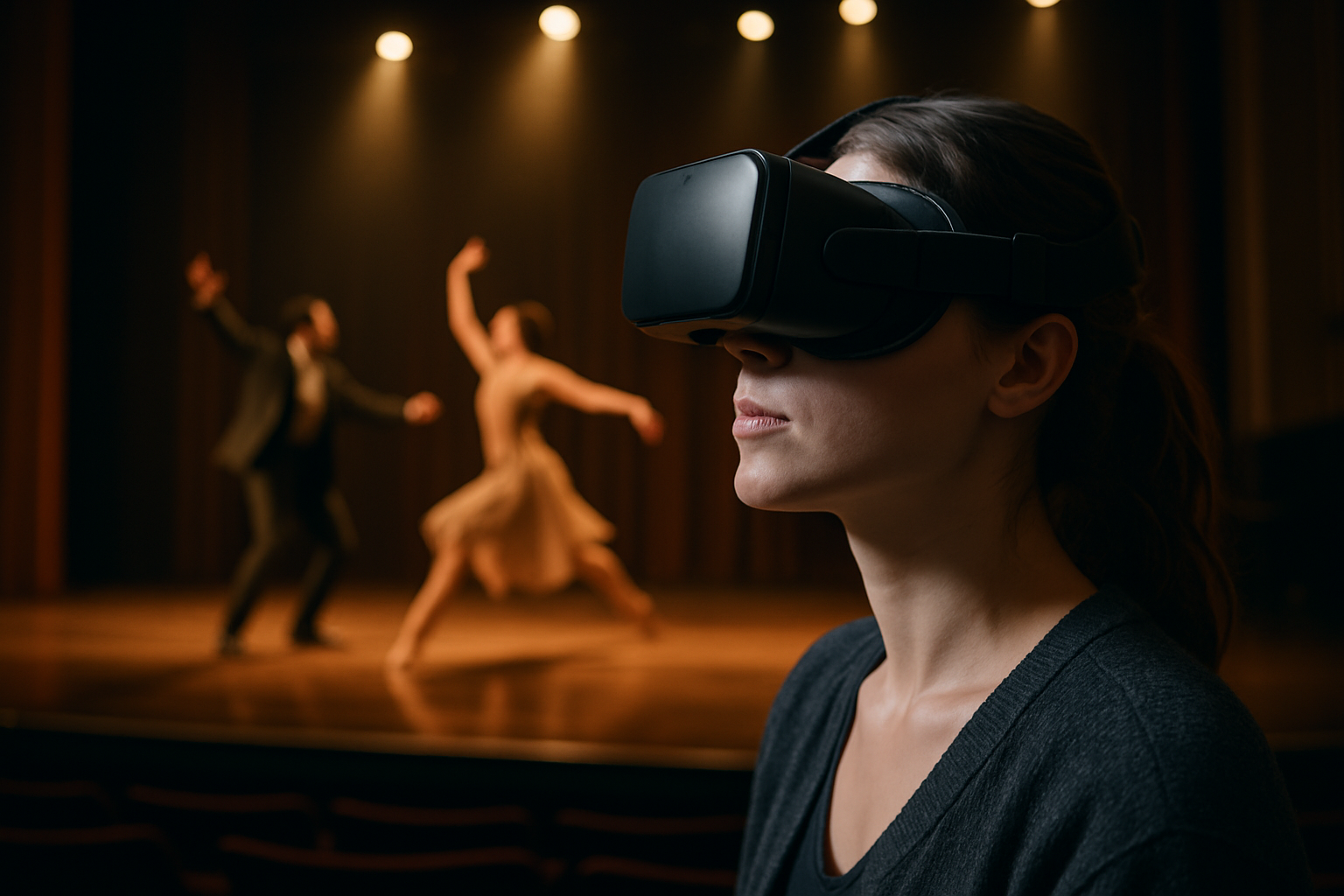Micro-residencies: supporting emerging creators locally
Micro-residencies offer short, focused support for emerging creators, enabling experimentation, local engagement, and visible outcomes within limited timeframes. They can connect artists to venues, communities, and collaborators while addressing practical needs like space, mentoring, and modest funding.

Micro-residencies are compact, time-limited programs that give emerging creators structured opportunities to develop work, test ideas, and build local networks. Unlike long-term residencies, they emphasize rapid iteration, visible outputs, and direct community connection. When designed with clear goals, they help artists refine practice, grow audiences, and navigate early professional steps while keeping costs and logistical barriers lower for hosts and participants.
How do micro-residencies support culture?
Micro-residencies act as catalysts for local cultural ecosystems by introducing diverse voices and experimental practices into community programming. They enable creators to respond to local histories and present timely work that reflects community identity. By concentrating resources for short periods, micro-residencies can increase cultural activity across neighborhoods, support cross-disciplinary practice, and raise awareness of underrepresented perspectives without requiring large infrastructure investments.
How do they connect festivals and venues?
Short-term residences can be embedded within festivals or local venue schedules to create site-specific outcomes and activated programming. Organisers can schedule a micro-residency that culminates in a performance, installation, or talk during a festival slot, offering artists both development time and an immediate platform. These residencies also help venues diversify their programming, test new formats, and strengthen relationships with artists who may return for future projects.
How do programming and curation work?
Effective programming balances artistic needs, audience expectations, and logistical constraints. Clear briefs, realistic timelines, and dedicated curatorial support amplify the impact of micro-residencies. Curation can be collaborative—pairing artists with mentors, technicians, or community partners—to shape outcomes that are both artistically meaningful and accessible to local audiences. Documentation and post-residency reflection also feed into future programming and institutional learning.
How can hybrid, immersive, streaming work?
Micro-residencies lend themselves to hybrid approaches that combine in-person development with digital dissemination. Artists can create immersive pop-ups or prototype performances in a physical space while streaming elements to remote audiences to broaden reach. Hybrid formats also allow iterative feedback: artists test scenes live, adapt from audience responses, and refine work for both online and on-site presentation. Thoughtful technical planning ensures quality across formats without overburdening small budgets.
How to address accessibility and sustainability?
Designing residencies with accessibility and sustainability in mind ensures they are equitable and future-facing. Accessibility measures include flexible scheduling, clear communication, sensory-friendly presentation options, and attention to transport and venue access. Sustainability can be embedded through low-impact production choices, resource-sharing among local partners, and reuse of sets or materials. Prioritising these values makes residencies more inclusive and reduces their environmental footprint.
What are models for monetization and engagement?
Monetization strategies for micro-residencies can mix modest stipends, revenue shares from ticketed events, commissioning fees, and micro-grants from local arts funds. Audience engagement is strengthened through workshops, open rehearsals, and participatory elements that invite local communities into the creative process. Collaboration with local businesses, cultural institutions, and community groups can also produce in-kind support—space, technical help, or promotion—that reduces costs while expanding impact.
Micro-residencies offer a pragmatic route for emerging creators to accelerate development, grow local audiences, and form collaborative networks. When thoughtfully programmed—attending to curation, access, hybrid delivery, and sustainable practices—they become durable elements of cultural ecosystems. Clear objectives, transparent resourcing, and ongoing evaluation help hosts and artists maximize the benefits of short-term residencies for creators and communities alike.





